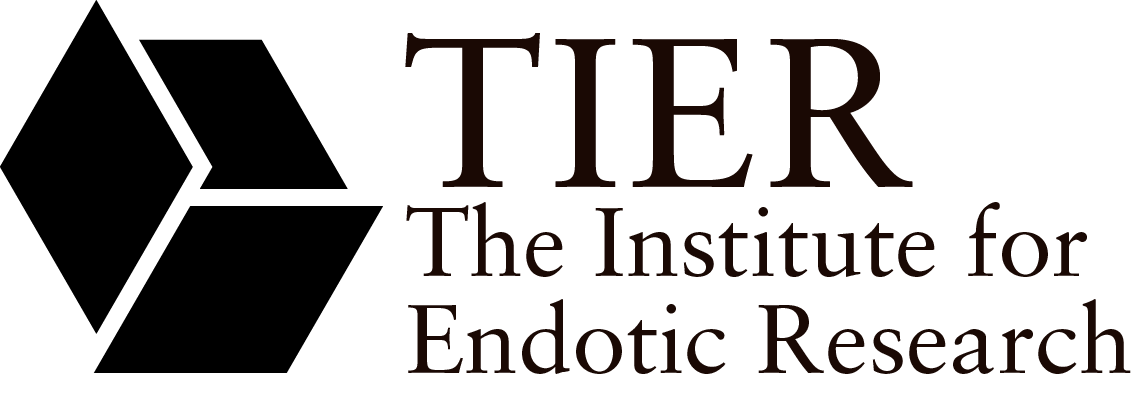 June 13. Hands.on.matter: Paper and Plants. Bimonthly programme organized by Sandra Nicoline Nielsen and Tim van der Loo
June 13. Hands.on.matter: Paper and Plants. Bimonthly programme organized by Sandra Nicoline Nielsen and Tim van der Loo
Thursday, June 13, 19:00
Hands.on.matter: Paper and Plants
Bimonthly programme organized by Sandra Nicoline Nielsen and Tim van der Loo
Excitingly Hands.on.matter invites you to this 5th event. We will on the arrival of summer celebrate how flowers, plants and trees are blooming and growing. Looking deeper into these green matters you will find cellulose, which can be used as a source of material! At the end of this event we will try something new! We will see if we can make our own paper out of some of the kitchen waste and gardening leftovers we already find at home.
Julia Perera is invited to discuss how ancient production practices can guide us to circular/ sustainable innovation. Her “bast shoe” project will illustrate what thinkers such as the co-author of “Cradle to Cradle”, William McDonough, have hinted at already: Innovation can be found by looking backward.
Anton Richter showcases with his 100% Asparagus project how the inedible parts of asparagus are ideal for bowl making among others with its high degree of natural binding materials, as well as flexibility and stability.
Kanako Ishii hangs up her second largescale curtain painting at The Institute for Endotic Research as a part of this fifth hands.on.matter event. The imagery is found in the neighbouring Bohemian-Rixdorf garden.
The presentations will be followed by a hands-on workshop. Food and gardening leftovers serve as the input for beautiful paper making. Orange peels, nettle and hay among others will be used to experiment with different recipes.
Learn more about natural fibers – come and experiment with us!
MORE ABOUT THE CONTRIBUTIONS
JULIA PERERA: Julia Perera (HU) is a designer and stylist that recently graduated with a B.A. in fashion design from University of Applied Sciences (Hochschule für Technik und Wirtschaft in Berlin). Perera focuses on circular design practices. Consistently challenging the conventional approach throughout her studies, she experimented with upcycling, zero waste and 3D printing. She has co-organized multiple Open Source Circular Economy Days events, a global hackathon series that advocates creating a truly sustainable economy with the help of open source methods of collaboration.
Julia is interested in everything it takes to get there, especially the question how to make people connect emotionally to circular fashion practices.
ANTON RICHTER: Anton Richter (DE) is a product designer currently studying at Kunsthochschule Weißensee. Here he started his project “100% Asparagus”. What looks like wood chips or straw at first glance reveal itself as the outer layer of asparagus. During drying, the white and soft peel turns into a brownish and durable material with wood-like properties. With suitable processing, a fibre composite material can be produced, which consists entirely of asparagus peel, as they don‘t require any binder due to their own bonding properties. The particularly long fibers also allow a high degree of flexibility and stability. Both surfaces and bodies can be pressed, modeled and folded. In spite of its robust nature, the material is easy to dissolve and can be returned into its natural cycle.
KANAKO ISHII: Kanako Ishii is a Japanese visual artist born in Tokyo who spent her early childhood in Frankfurt am Main. Since 2012 she is based in Berlin. Ishii has held solo exhibitions at Künstlerhaus Bethanien (2018), Japanese-German Center Berlin (2015), Goethe-Institut Tokyo (2014), among others.
“Re-Landscape” is a long-term curtain project by Kanako Ishii that captures memories of views from windows that change as time goes on, through processes such as urban development, natural disaster, war damage or leaving one’s own place. In her ongoing intervention at The Institute for Endotic Research, Ishii’s curtains will be layered one after another in the storefront window to represent the four seasons. It is developed through a walk based on research about the neighborhood, especially regarding the history of the Bohemian refugees who fled to Rixdorf in the 18th century, and will eventually become a situated visual archive.
Photos by Benjamin Busch



